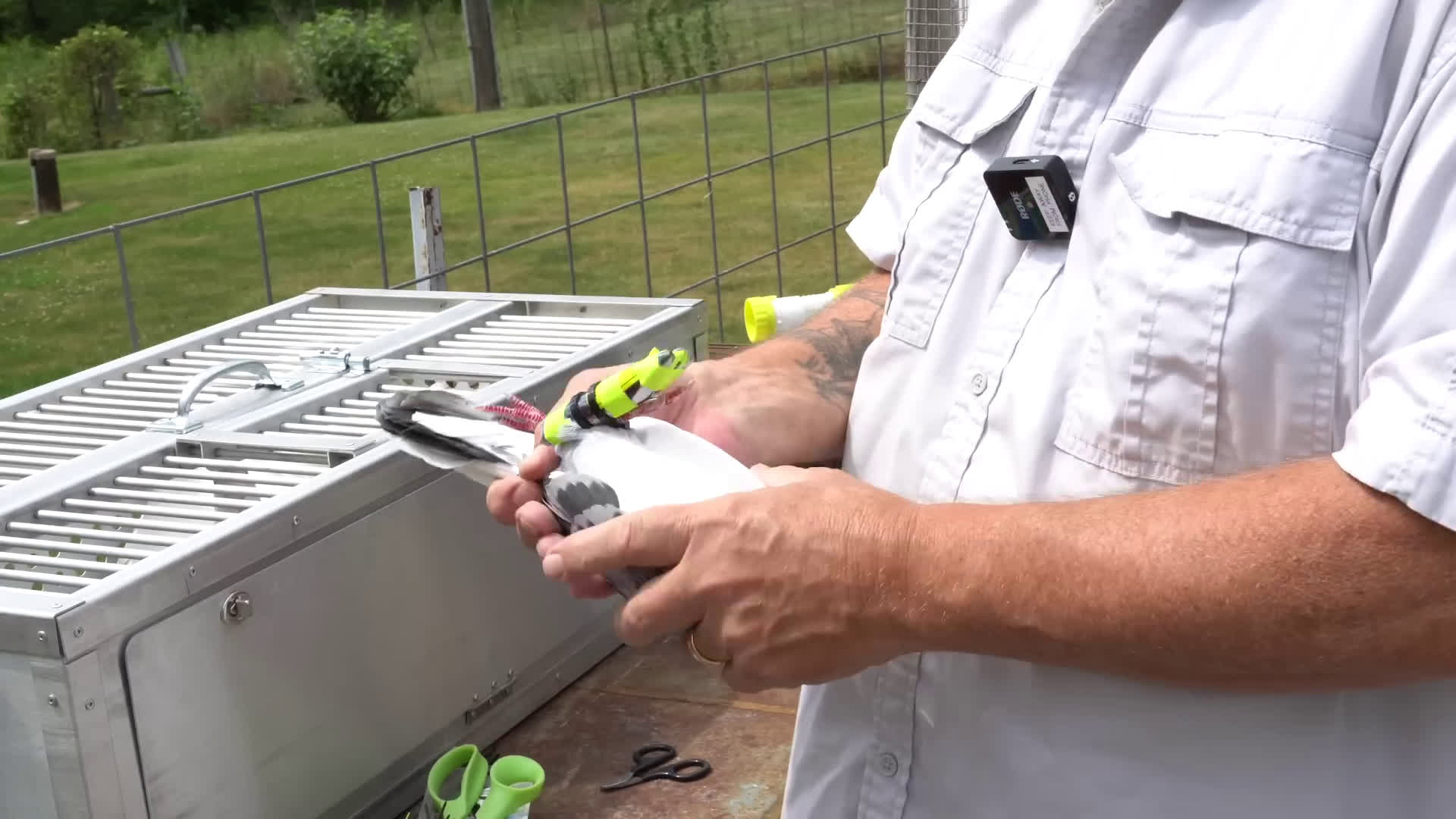The big picture: Pigeons are one of the oldest forms of long-distance communication, able to carry messages over hundreds of miles relatively quickly and accurately. An old informal test suggested they could beat internet speeds under certain conditions, but how do messenger pigeons compare to modern fiber connections?
A recent test postulates that, across relatively short distances, pigeons can transmit information faster than gigabit internet. The process highlights the importance of differentiating between speed and bandwidth.
In 2009, a messenger pigeon successfully carried a 4GB memory stick across 60 miles far quicker than a South African ADSL service could finish sending that amount of data over the same distance. The pigeon took two hours to reach its destination, while the internet transmission had only transferred four percent of the data.
Content creator Jeff Geerling published the results of a more rigorous take on the experiment this week, confirming that pigeons could theoretically beat today's fiber connections within about 500 miles. Although he didn't race a pigeon against an actual gigabit transfer, the math from his simulation still works in their favor.
Firstly, Geerling established that a pigeon could transport three 1TB USB flash drives in a single trip, though the package approached the size limits of what the bird could comfortably carry. He then brought the drives on an airline flight from Saint Louis to Nova Scotia while simultaneously uploading 3TB of files between the two locations.
Copying the data from a laptop to the drives, flying to Nova Scotia, and copying them to a computer there took six hours and 53 minutes, while the gigabit transfer needed 10 hours and 54 minutes. Because the plane traveled at about 550mph and a pigeon's average speed sits somewhere around 80mph, Geerling calculated that the jet could outrun a 3TB gigabit transfer within 5,000 miles while the pigeon could do it within 500.
However, bandwidth – the amount of information a network transmits at a time – can be more important than raw speed. Until larger flash drives hit the market, a pigeon won't be able to move more than 3TB per trip. Meanwhile, Geerling could have transported hard drives containing far more data on the plane. He notes that this is why Amazon supports its cloud infrastructure using trucks carrying petabytes of files.
Another caveat is that messenger pigeons can only fly between two fixed points, while internet connections and vehicles can take more complex routes. Even so, the experiment shows that one of the oldest forms of information transfer is still viable in some situations.
